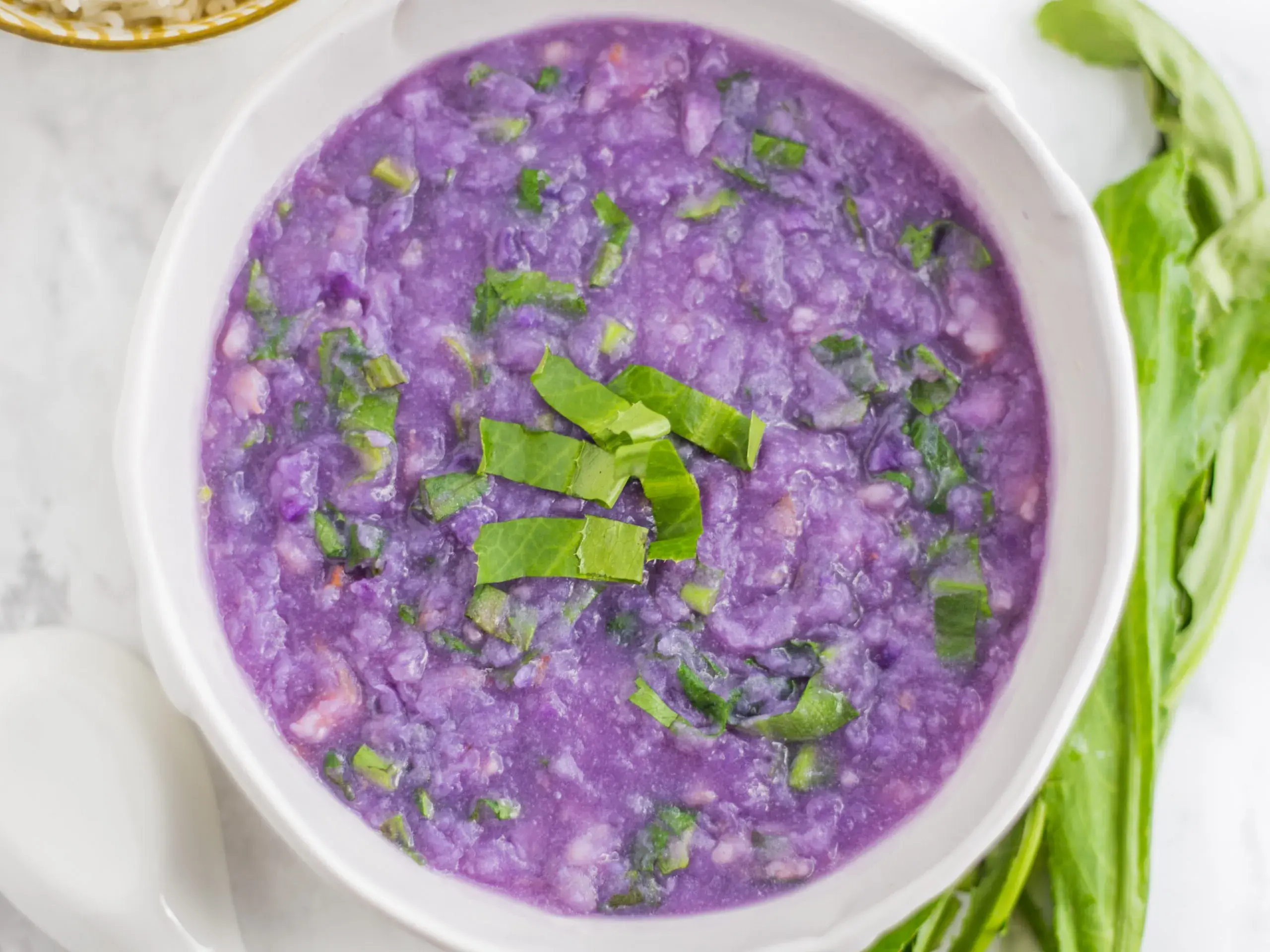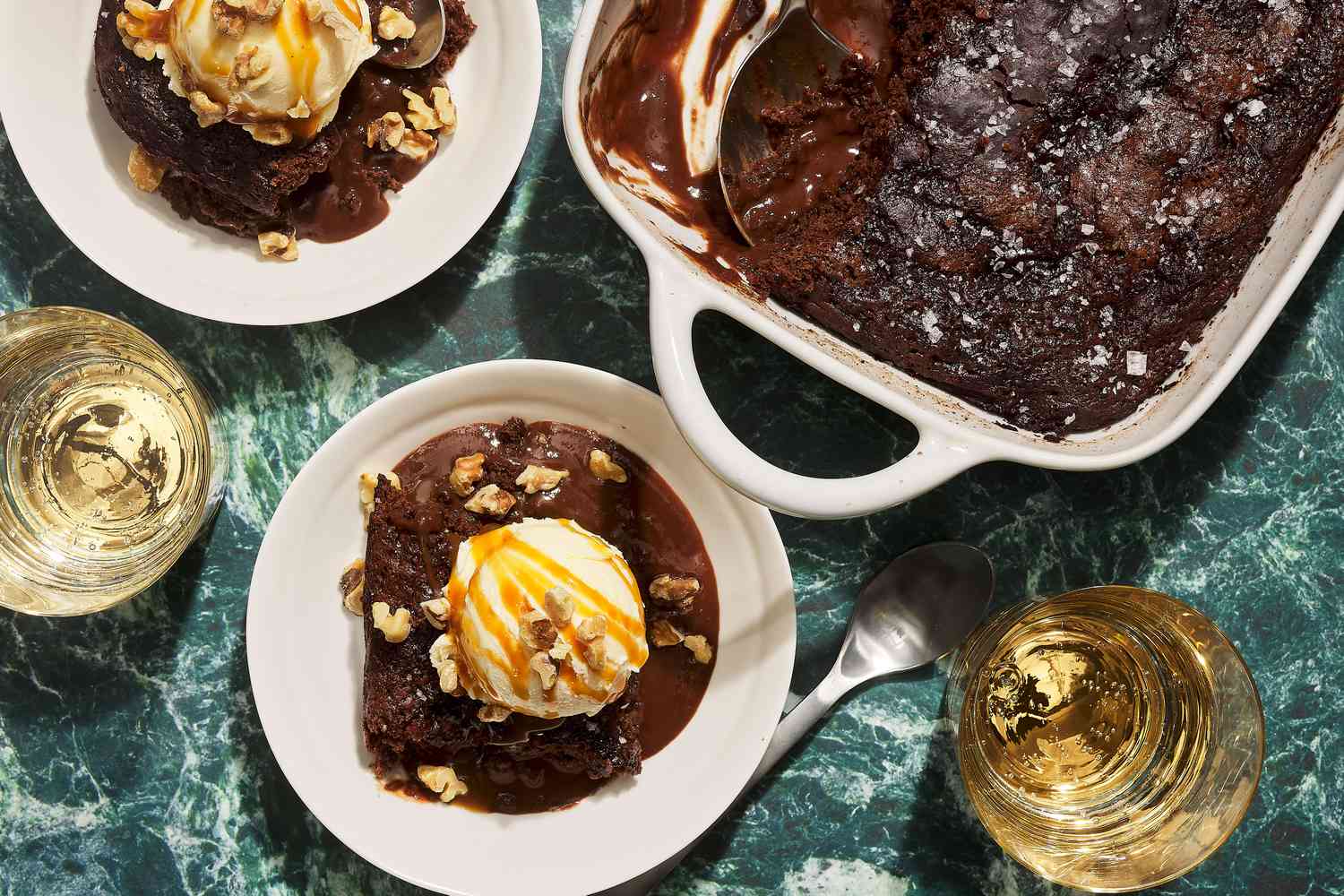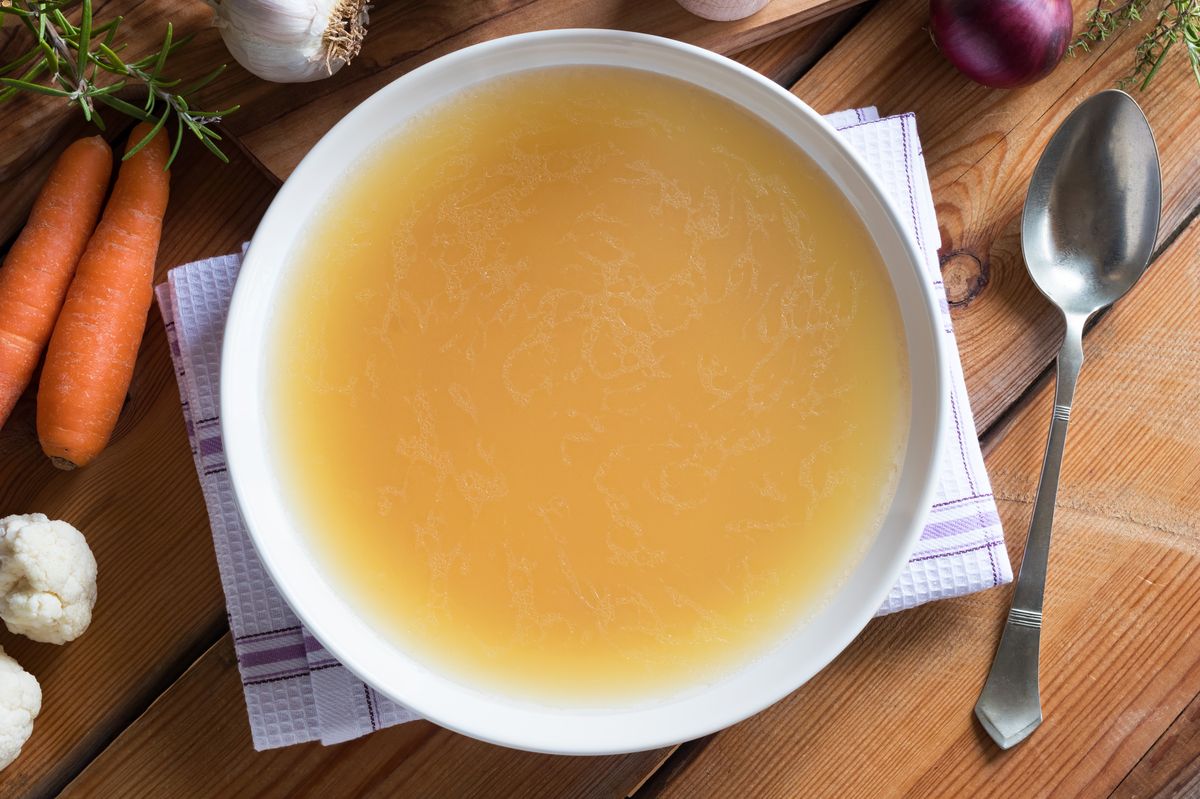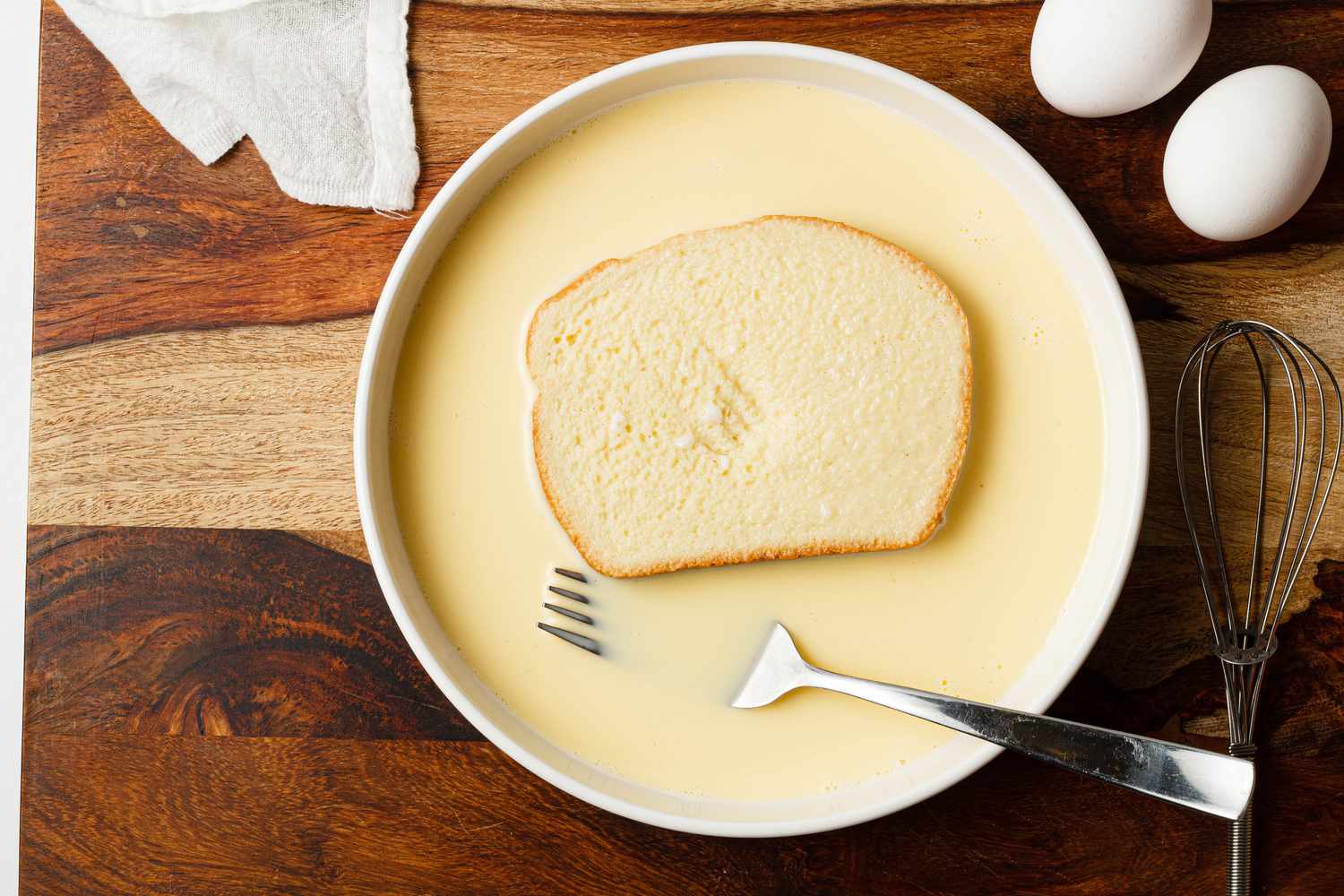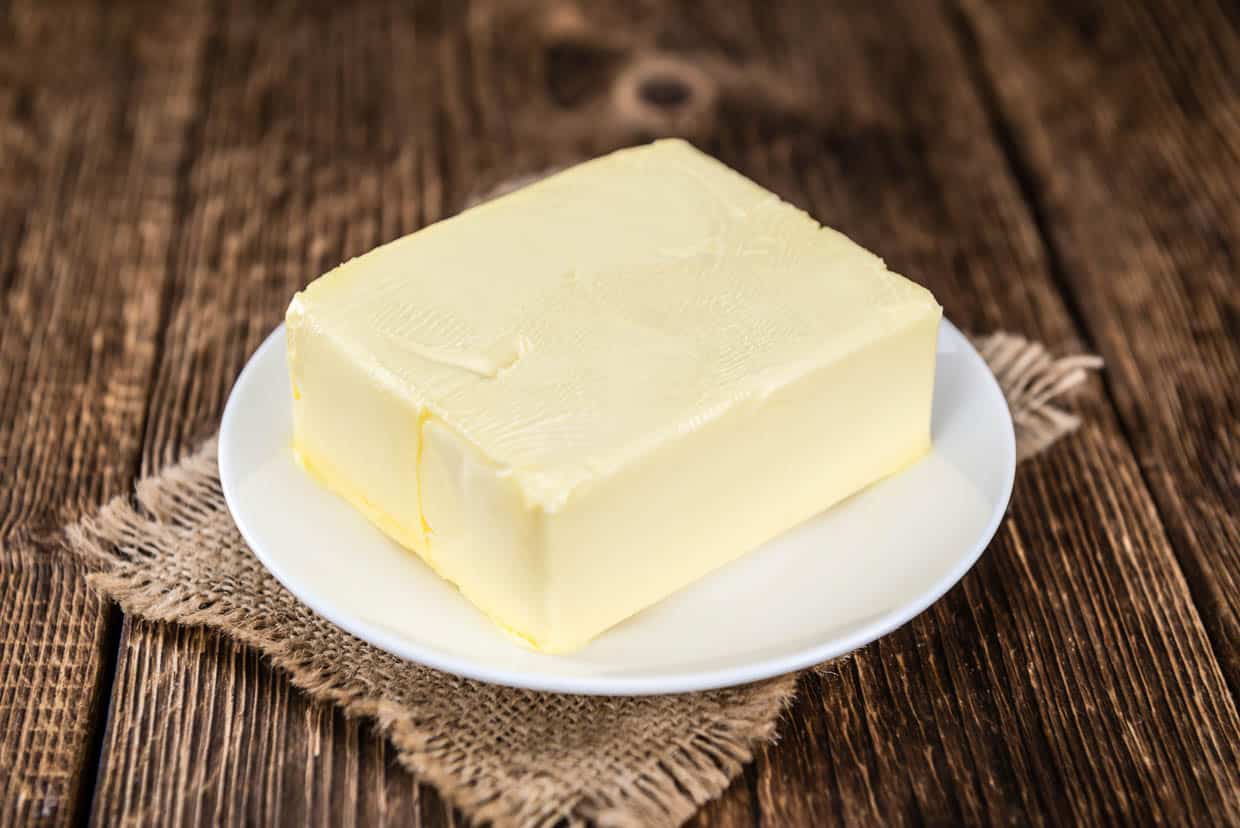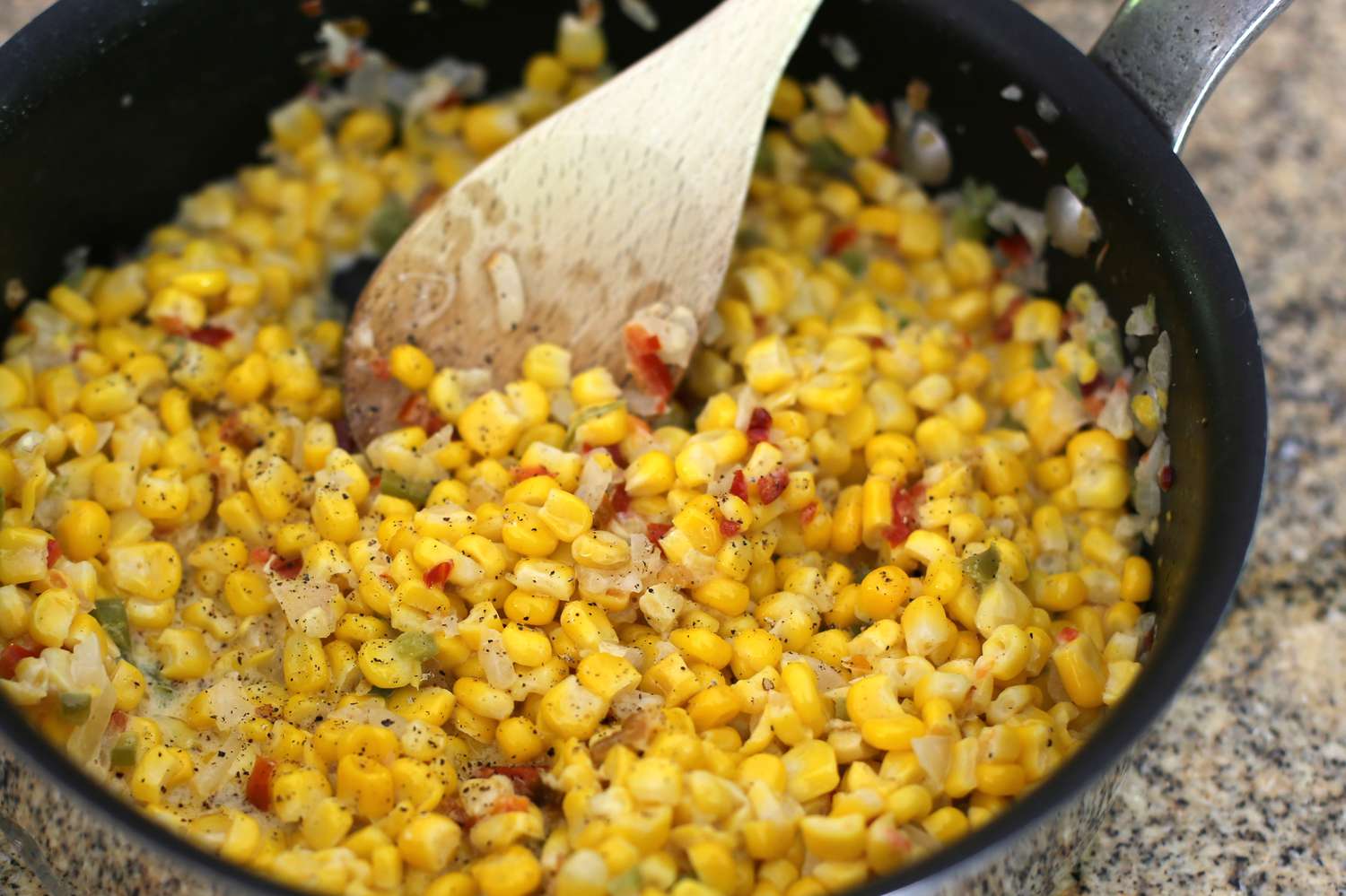Understanding Baker’s Yeast
Have you ever wondered how bread rises and becomes fluffy and delicious? The secret lies in a tiny microorganism called baker’s yeast. This essential ingredient is responsible for the fermentation process that gives bread its airy texture and distinct flavor.
So, what exactly is baker’s yeast and how does it work its magic in the kitchen? Let’s delve into the fascinating world of this remarkable ingredient.
What Is Baker’s Yeast?
Baker’s yeast is a type of fungus scientifically known as Saccharomyces cerevisiae. It is commonly used in baking to leaven bread and other baked goods. This single-celled organism feeds on sugars and produces carbon dioxide and alcohol as byproducts through the process of fermentation. The carbon dioxide gas is what causes the dough to rise, resulting in soft, airy bread.
Types of Baker’s Yeast
There are a few different types of baker’s yeast available, each with its own unique characteristics:
- Active Dry Yeast: This type of yeast is dormant and needs to be activated by dissolving it in warm water before use.
- Instant Yeast: Also known as fast-rising or rapid-rise yeast, this variety can be mixed directly with the dry ingredients without prior activation.
- Fresh Yeast: Also called compressed or cake yeast, this moist form of yeast is perishable and should be refrigerated. It requires proofing before use.
How Baker’s Yeast Works
When baker’s yeast is added to dough, it begins to consume the sugars present in the flour. As it feeds, the yeast produces carbon dioxide gas, which forms bubbles in the dough. These bubbles cause the dough to expand, resulting in the light and airy texture of bread. Additionally, the alcohol produced by the yeast evaporates during baking, leaving behind the delicious aroma and flavor that we associate with freshly baked bread.
Benefits of Using Baker’s Yeast
Baker’s yeast offers several benefits when used in baking:
- Leavening: It helps dough to rise and creates a light, fluffy texture in baked goods.
- Flavor Development: The fermentation process enhances the flavor and aroma of the final product.
- Extended Shelf Life: Bread made with yeast tends to stay fresh longer compared to unleavened bread.
Conclusion
Baker’s yeast is a remarkable ingredient that plays a crucial role in the art of baking. Its ability to leaven dough and impart delicious flavor and aroma to bread makes it an indispensable component in the kitchen. Whether you’re a seasoned baker or just starting out, understanding the science behind baker’s yeast can elevate your baking skills and help you create delectable homemade bread and pastries.
Next time you enjoy a slice of freshly baked bread, take a moment to appreciate the tiny but mighty baker’s yeast that made it all possible.
Was this page helpful?
Read Next: What Is Bananas Flambe
